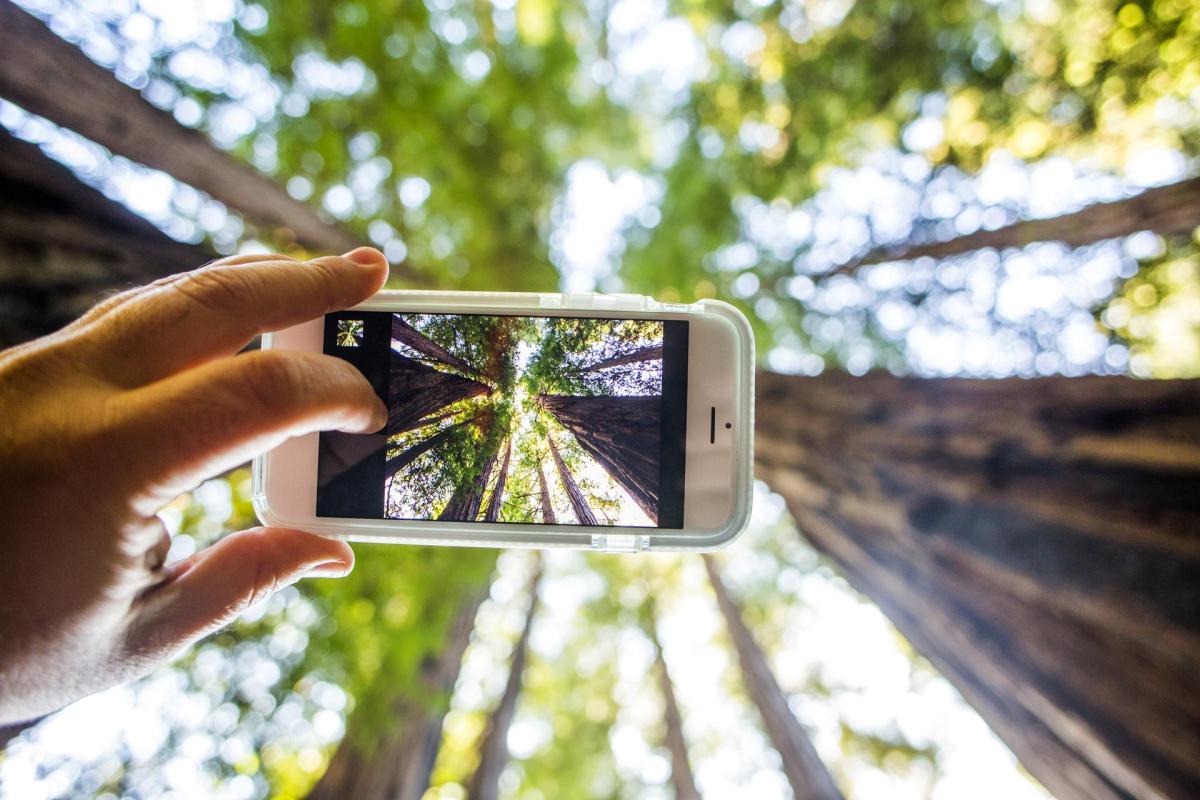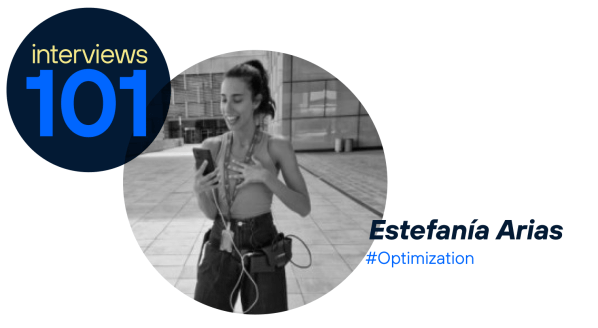Can we do virtual ecology? What about distance volunteering? To curb global warming, we must reduce carbon dioxide emissions. And now we have technological tools such as the Internet of Things (IoT) and Artificial Intelligence (AI), which offer us the opportunity to take advantage of multi-modal and sustainable mobility or to promote the development of buildings that efficiently manage the energy consumption of homes, including the optimisation of natural resources in sectors such as agriculture and livestock farming.
It is estimated that in Spain, in terms of food, transport and housing, a person emits an average of 7.15 tonnes of CO2 per year. These emissions are the carbon footprint of each inhabitant. Today’s lifestyle (and consumption) involves a constant emission of greenhouse gases: from buying clothes to replacing an old smartphone, everything involves the emission of CO2.
To curb this situation, we can make small gestures to balance our carbon footprint, such as opting for the circular economy and recycling, or even planting trees in those regions where they are most needed, especially where desertification is already a serious problem.
Online reforestation where it is most needed
Connectivity now makes it possible for anyone to help where needed and make their contribution, such as planting a tree in a remote location to restoring areas highly degraded by fire or indiscriminate felling. Reforesting an area can be a complex activity that requires an appropriate technique for preparing the areas to be reforested and continuous care and monitoring of the area, in order to guarantee the correct growth of as many specimens as possible.
More and more people are becoming aware of the fight against climate change and its effects and want to be part of those companies or organisations directly involved in specific tasks such as planting trees. And with the growth of technologies such as 5G geolocation, they can be connected to such initiatives, no matter where and when they are launched.
These actions also aim to restore wildlife habitats, work towards food security and the improvement of the local communities in which these crops are grown, contributing to the economic development of the region.
Virtual ecology: connecting users and actions
Some entities plant trees on a commissioned basis and others plant trees on a global subscription basis. There are search engines such as Ecosia that use part of their advertising revenue to fund various tree planting projects. Other options allow users to choose the type of tree they want to plant and even track its growth. There are even companies, such as the Spanish company Bosquia, that reach agreements with public bodies to recover and reforest publicly owned land with private funding and help companies to offset their carbon footprint and carry out actions within their CSR frameworks.
Moreover, virtual ecology has an important informative character, and is a way of bringing knowledge of how organisms interact with one another and with the environment into the classroom and any other educational environment, which can help to create an awareness that leads us to take care of natural resources and protect the biodiversity of the ecosystems around us.
Digital volunteering: another form of a technology tool
In addition, we can help by volunteering virtually. There are a number of companies and individuals who want to participate but are unable to do so in the place where it is needed. The solution lies in virtual volunteering, through online actions. In this way they can feel useful in the project they identify with.
This type of volunteering is carried out through digital tools and above all offers flexibility to volunteers, as it connects people with different situations: availability of timetables, mobility problems or even those who are in areas that are difficult to access. Moreover, it is an accessible and inclusive type of volunteering, as the technologies help to ensure that no one is left out: everyone is invited to participate, which helps people with functional diversity to be fully integrated.
Another great advantage of this type of volunteering is that its action is immediate. For example, mobilising resources on the internet when a disaster strikes helps to act quickly where the situation is critical. However, it should be kept in mind that virtual volunteering involves online volunteering, and this is not the same as remote volunteering, where the beneficiary is physically separated. For example, organisations such as the Red Cross define this new online universe of th 21st century volunteer and highlight such important activities as storytelling through a video call and a giant screen that reaches hospitalised children.
Volunteers no longer have to be physically present where they are needed. Connectivity and the desire to improve the world now are the keys to this.








